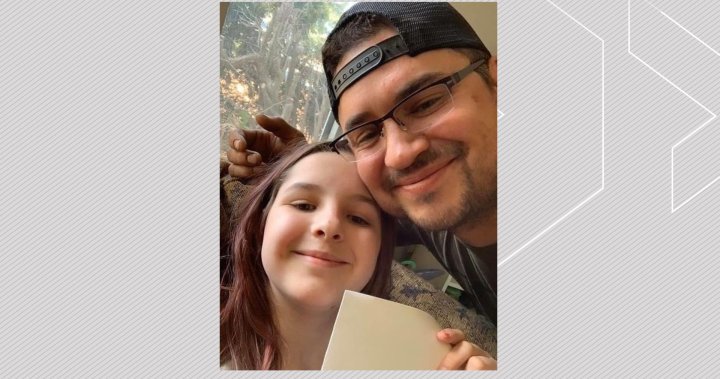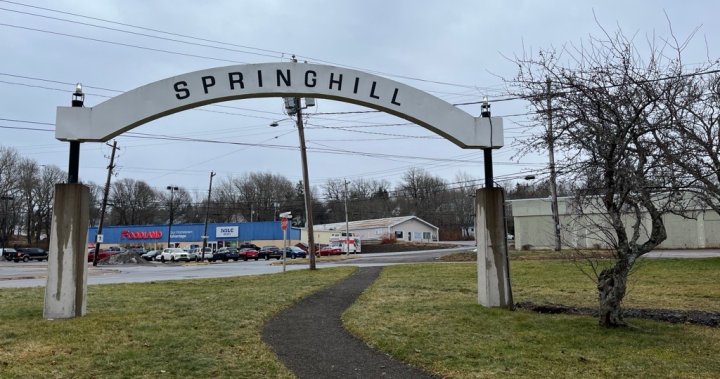The federal government is offering more money to incentivize doctors and nurses to work in rural and remote communities where medical access is most dire across the country.
The government will now forgive up to $60,000 of Canada Student Loans for family physicians and up to $30,000 for nurses or nurse practitioners working in rural and remote communities over a five-year period — a 50 per cent increase in loan forgiveness.
The government estimates the move will attract nearly 1,200 more doctors and 4,000 more nurses to rural communities over the next decade. But those working in the medical field say this funding is like putting a band-aid on a broken bone.
Almost 20 per cent of Canadians live in rural, remote, Indigenous, coastal or northern communities, but only eight per cent of physicians practise in non-urban areas of Canada.
It’s a sobering statistic that Cindy Snider knows well. For the past 16 years, Snider has worked as a recruitment and retention coordinator with the Kawartha Lakes Health Care Initiative to entice family doctors to practise in the rural community of Kawartha Lakes, Ont. She used to recruit about two to three doctors per year. In the last four years, she said the amount of family doctors to recruit has dried up.
To serve the roughly 75,000 citizens of Kawartha Lakes — comprising several rural villages spanning more than 3,000 square kilometres in central Ontario — Snider said roughly 63 family doctors would be needed. The area currently has only 29.
“It’s almost 41,000 citizens (who are) either without or are traveling out of the area to their family doctor, which is huge for a rural community,” Snider said.
It’s not for a lack of trying. Snider offers financial incentives to prospective physicians to help cover the costs of moving or setting up a clinic on top of the federal loan forgiveness. She said the new government money may be helpful, but it isn’t enough.
“What people need to understand is those are federal student loan grants, so if their student loans are not from the federal government, this has no effect,” Snider said.
Dr. Peter Daniel, a family doctor in Orillia, Ont., who works with the University of Toronto as a site coordinator for its Integrated Communities stream program (formerly called the rural residency program), said there are some drawbacks to the new funding.
“It’s obvious that some people might use (rural loan forgiveness) as a stepping stone to receive those funds, which is totally understandable, and then maybe go to somewhere that’s more aligned with the family’s needs,” Daniel said.
But he notes it’s an easy action to take against a growing problem across the country.
“More (money) will be needed in the future, but it is a step in the right direction, for sure,” Dr. Daniel said. “We need to make family medicine appealing for medical school grads. And unfortunately, to some extent, money does talk.”
Get the latest Health IQ news.
Sent to your email, every week.
A contributing factor to the lack of doctors is what Snider calls a “tsunami” of doctor retirements.
“We’ve had eight retirements in the last three to four years where I have not been able to replace those positions,” she said.
“We have one physician who has been hanging on to his practice for over a year in order to hopefully find someone that will take it over. … He’s doing that so that his patients don’t go out into this huge pool that we all of a sudden have of people without a family physician.”
Some doctors can’t keep holding on.
Dr. Ramsey Hijazi has practised family medicine in Carp, Ont., for a decade, but said he’s quitting to take on a hospital job in the spring. He said the family medicine model is underfunded and overburdened.
“Every year to keep the clinic running, physicians are having to dump their own personal money into the clinic,” Hijazi said. “And it just gets to a point when it is enough.”
Dr. Hijazi did not want to leave family medicine — so much so that he founded the Ontario Union of Family Physicians last year to advocate for better working conditions and fair compensation.
But nothing changed.
“I often will wake up in the morning before I even start my clinic day and I’ll start on doing some paperwork. I’ll come into the office any second I have — in between patients, I might have a quick look,” he said. “I just eat and work and continue to work, and I’ve done that for the last 10 years.”
He is looking forward to doing less unpaid overtime at his future job, but he’s sad to be leaving his 1,500 patients. He and his colleagues are “aggressively looking” for someone to continue his patients’ care.
“It’s certainly not going to be easy to find a replacement, just because in general, there’s a shortage of physicians who are actually practising family medicine,” Hijazi said.
Family doctors currently practising in rural areas are hard-pressed to take on more clients as they’re often filling multiple health-care roles. Dr. Amita Dayal, who works as a family physician in the small community of Port Perry, Ont., also works in the local hospital and long-term care home.
“Small town medicine can be overwhelming for people. It’s the type of job where you’re essentially on most of the time in some way,” Dayal said. “The time commitment, both on-call and working in different places, but also mentally, the time that you can actually disconnect, is smaller.”
Because there are so many factors that dictate where a doctor practises — including what their spouse’s job is, where their family is from, and what medical specialty they are interested in — Dr. Dayal said she doesn’t think the federal government’s loan forgiveness will sway physicians to practise in underserved communities.
“Money can help sort of sweeten an already sweet deal,” she said. “I think that having loan forgiveness would be sort of icing on the cake, but I don’t think that’s going to be the main driver, unfortunately.”
Although there are millions of Canadians without a family doctor, a new study by charitable think-tank Generation Squeeze found there are actually more physicians in Canada per capita than ever before.
Paul Kershaw, a professor at the University of British Columbia and founder of Generation Squeeze, said the difficulty of accessing a physician in Canada is due to an influx of sick patients and an aging population — not a doctor shortage.
“The line of patients is longer because we’ve been less oriented towards investing in making people healthy and preventing them from falling sick,’” Kershaw said.
Kershaw said he thinks the federal money would have more bang for its buck if it was spent on social programs like childcare, housing and poverty reduction.
“That’s what prevents illness. That’s what prevents injury. That’s what takes pressure off our clinics and our emergency rooms to reduce burnout on the hard working physicians, the hard working nurses and other medical care professionals,” Kershaw said.
Snider agrees there are lots of doctors. In her view, the problem is that those who are graduating from family medicine programs are increasingly choosing to specialize or work in more focused aspects of family medicine, reducing the amount of family doctors available.
“Those who are going into family medicine now are looking for what we call a salary model or a managed practice, so not all, as they come out of residency, are continuing practising family medicine,” she said. “It’s becoming more niche.”
Snider hopes politicians at all levels will stop “throwing money” at a system in crisis and instead redefine the funding model of family medicine.
“If they really show that that’s what they’re going to do, family doctors will help them,” Snider said. “And then you might see more (doctors) actually consider going into family medicine.”
— with files from Abigail Bimman and Sophall Duch




